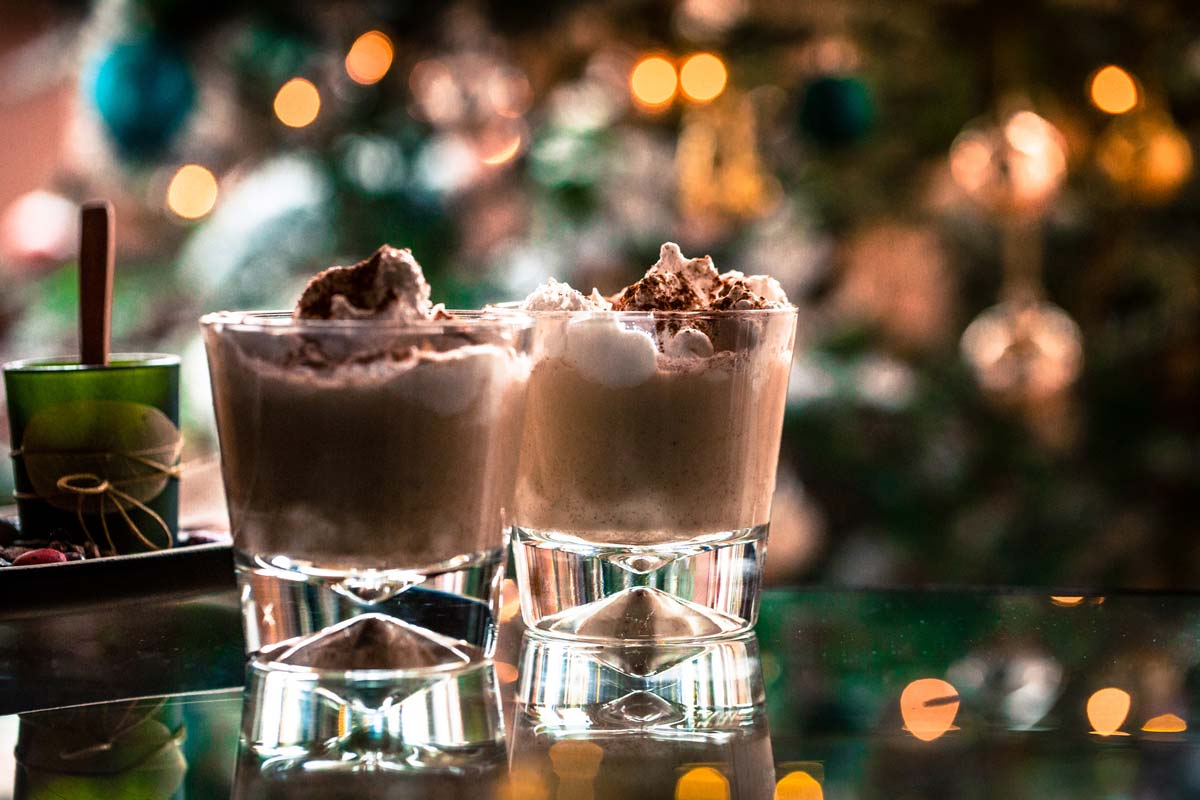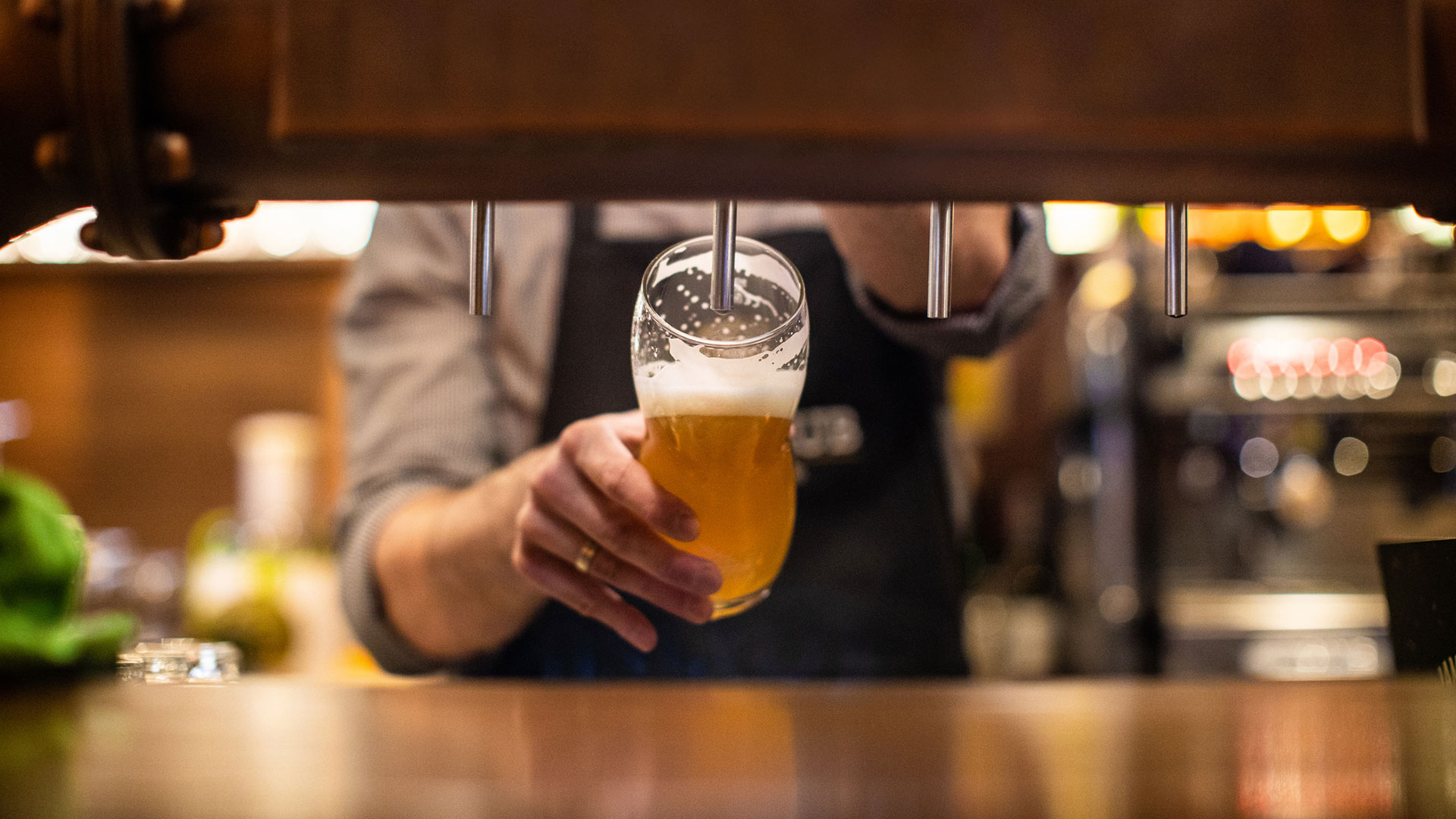Venue experience

Some scientists think that the link between food and memory originally evolved as a human survival tactic known as conditioned taste aversion.
Conditioned taste aversion is a learned association between the taste of a particular food and illness. Our ancestors would eat a new plant, become ill, and then forever remember to avoid that plant in the future. It’s as if we are ‘hard-wired’ to avoid certain foods as a result of evolution.
A 2014 study found a direct link between the region of the brain responsible for taste memory and the area responsible for encoding the time and place we experienced the taste along with any positive or negative associations.
Taste and smell are both senses that react to chemicals in food. The mouth and nasal cavities are directly connected, so we experience the two senses at the same time. The two senses work together to identify chemicals in food or drink, and we identify that as flavour.
Flavour is a sensation that uses many senses at once, combining the two senses of smell and taste along with texture and temperature in terms of mouthfeel.
When you take a drink of something, like freshly squeezed orange juice, the taste buds on your tongue and mouth collect information about the chemical makeup of the liquid.
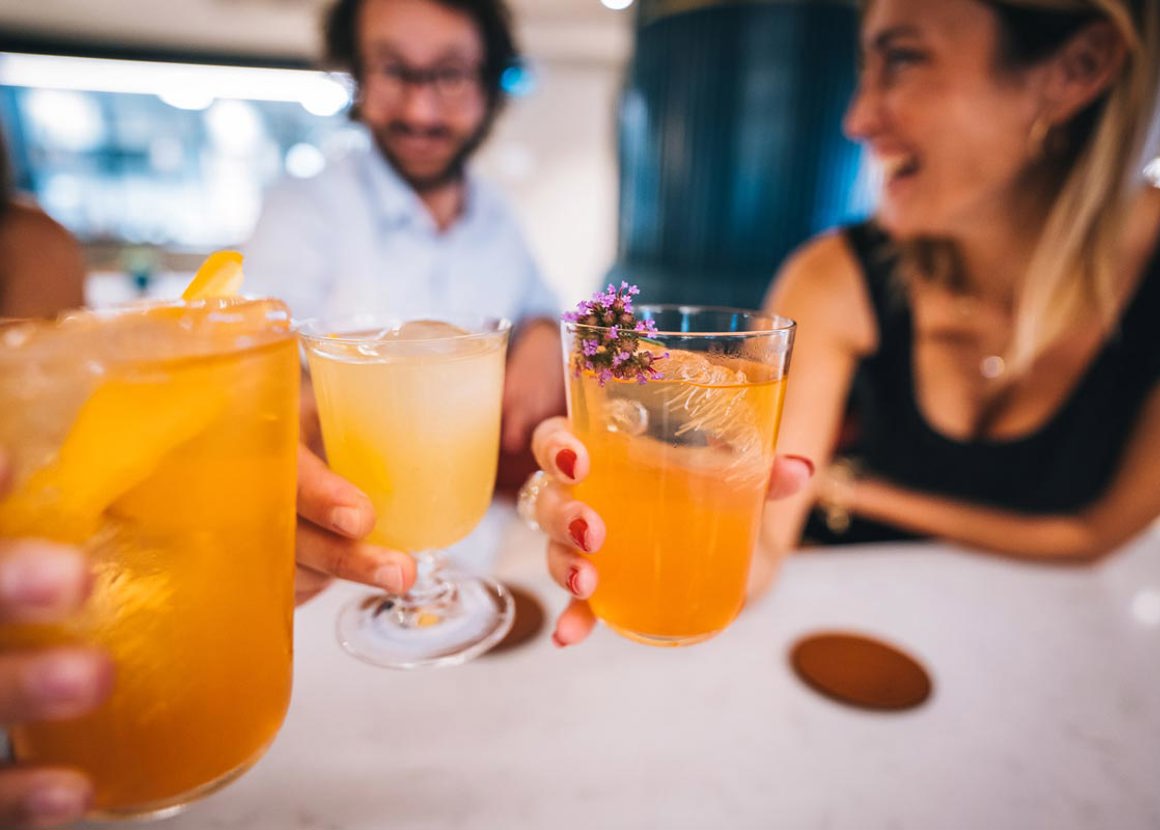
Each taste bud is made up of around 50 to 100 taste receptors. When these cells are activated, they send signals to an area of the brain called the insular cortex, also known as the gustatory cortex, which makes us conscious of the perception of taste.
Taste buds can differentiate between the five basic tastes: salty, sweet, sour, bitter, and umami (a savoury taste found in foods like mushrooms, tomatoes and parmesan).
These are important building blocks for our understanding of flavour as eating would be pretty boring if we could only pick up on five varieties of taste, which is where smell and aroma come into play.
The human olfactory system has more than 12 million smell receptors located throughout the nose and nasal cavity.
These receptors collect odour molecules from the air and send electrical signals to a small structure in the brain called the olfactory bulb. Humans have 450 different types of smell receptors, each of which can detect slightly different smell molecules.
What we think of as a single smell or flavour contains many types of discreet smell molecules, and there are millions of potential combinations.
The role of scent and smell in flavour is believed to be the reason that food and drinks have such strong potential for recalling memories.
Both the olfactory bulb and the insular cortex are closely connected to the amygdala, an area involved in emotional learning. The olfactory nerve is also close to the hippocampus, one of the most important brain structures for memory so we start to understand how taste and smell can create memories.
Sweet foods may have more memories tied to them because sweet flavours tend to activate the reward centres of our brains. Those reward centres in turn can trigger the hippocampus and create a short-term happy memory. It’s easy to see when sweets, cookies, ice cream and such-like are given to a child as a special treat, this creates a positive memory and association with sweet tastes
What started as a survival technique has become a way to enjoy our food, as we are able to recall positive emotional memories associated with food, not just negative ones.
Now you know a bit more about how the senses create memories – you can get creative with taste sensations and create those memorable experiences for your guests.
Inspire your creativity
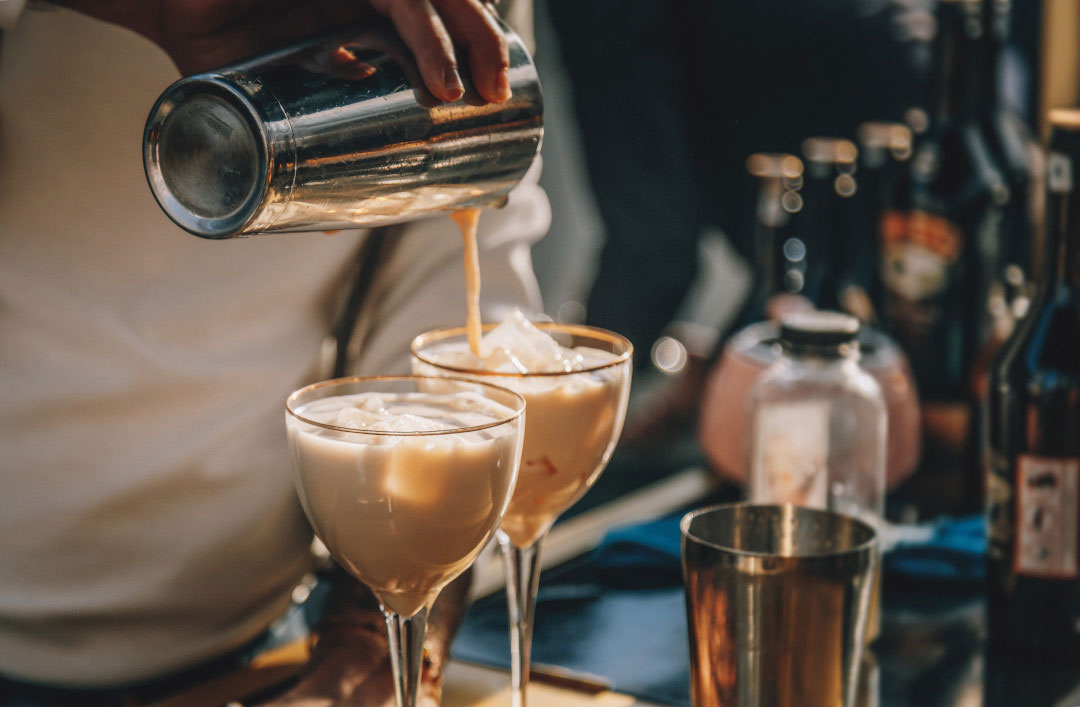
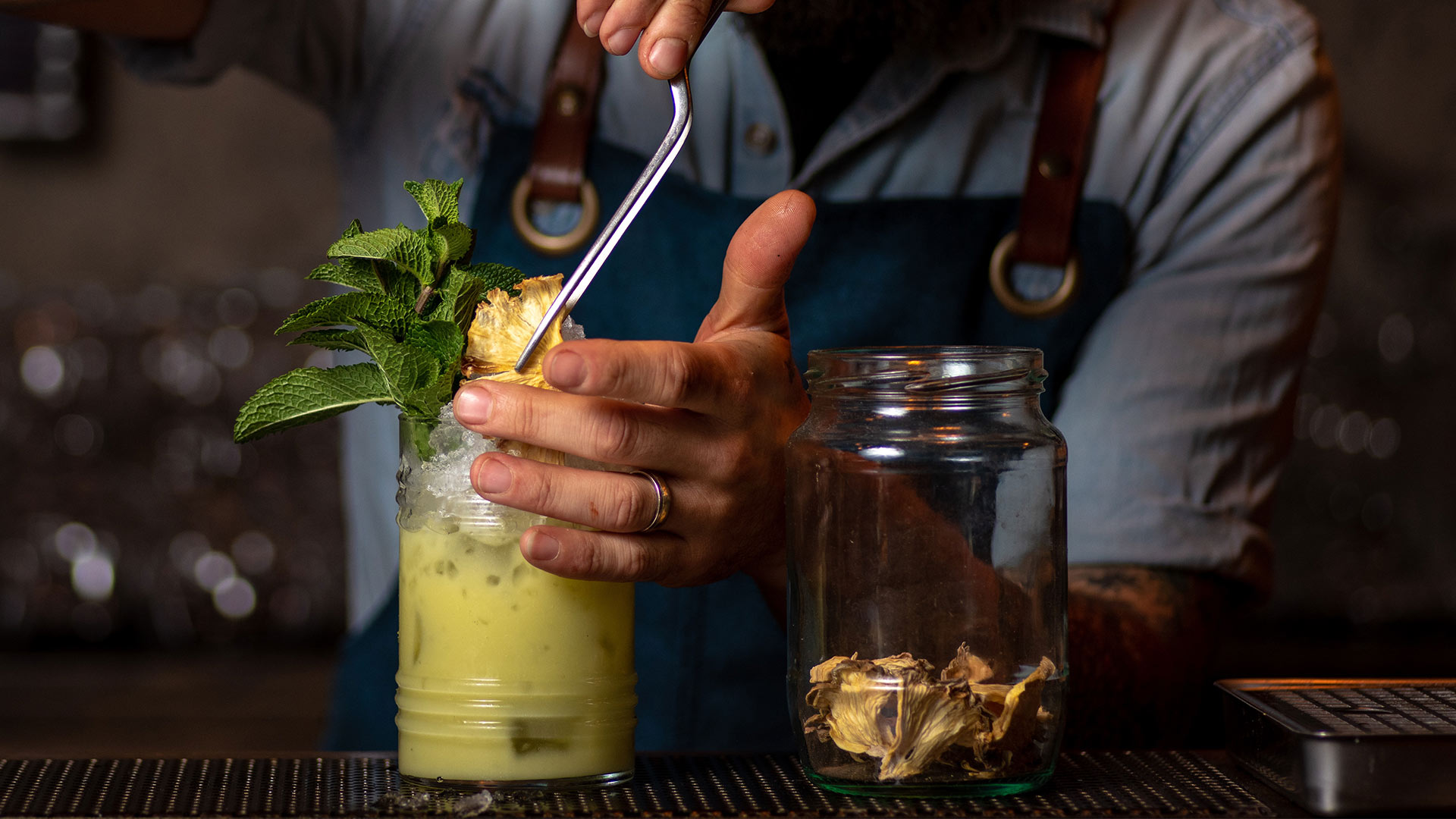

DISCOVER THE LATEST TRENDS
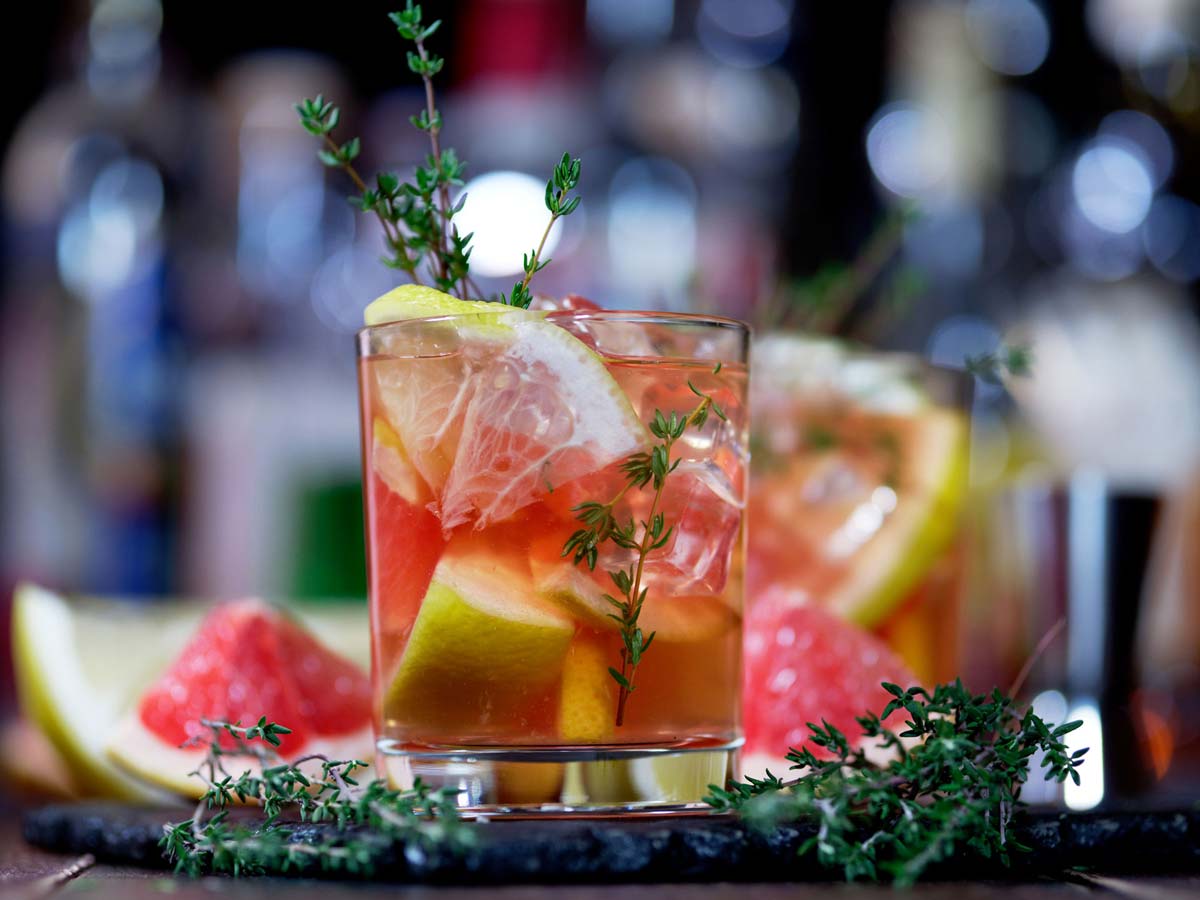
From Sodas To Cocktails: Unique And Unexpected Flavour Combinations To Pair With Citrus
3 mins